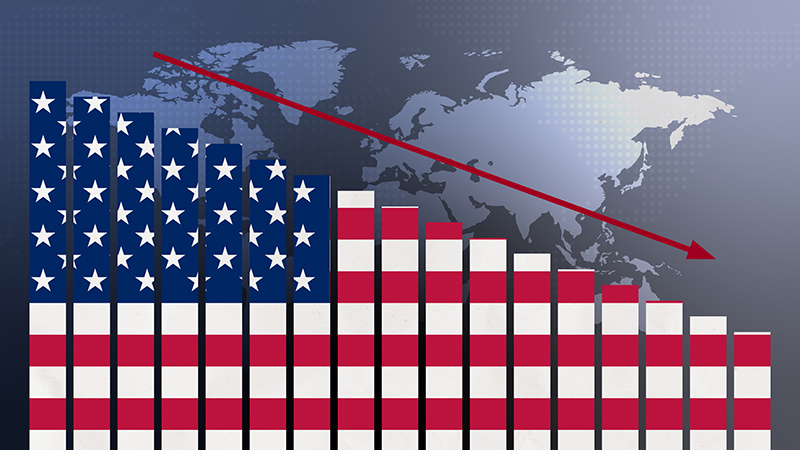The great rotation
As Larry Hatheway, group head of multi asset portfolio solutions at GAM said in a note on Friday, rising bond yields and geopolitical worries have pushed up equity volatility driven some rotation within the market.
“Over the remainder of the year, we think that equities will move generally sideways but that rotation will proceed,” he said, adding: “The beneficiaries are likely to be cyclicals and emerging markets. The parts of the equity market that are likely to lag now are those that have performed well in the environment of low or falling bond yields as the opposite occurs in the next couple of months.”
Alain Bokobza, head of Societe Generale’s global asset allocation strategy team made a similar point in a recent note that outlined the firm’s seven key calls, that centre on the expectation that clear policy divergence will appear, with increased fiscal policy within G10 countries and lower inflation and faster central bank easing within emerging markets.
“In developed countries, fiscal impetus is gaining momentum while monetary policies have reached a point where the central banks cannot do much more other than turn to helicopter money. We increase our exposure to DM equities (US, +5 points) somewhat at the expense of bonds (euro area peripherals, -2 points) on the view that DM growth and inflation might surprise on the upside,” he said.
“In emerging markets the growth outlook is clearly getting brighter while key risks are diminishing. In particular, following the exit of President Rousseff, the political crisis in Brazil is cooling, capital outflows and the prospects of a hard landing in China are receding, and Russia is moving out of recession. Lower inflation will be a key feature in the coming quarters, allowing central banks to continue if not accelerate monetary policy loosening which would provide a strong boost to EM assets.”
Within EM, SocGen prefers bonds to equities and also expects that, within the above climate, commodities should get another leg up.
There are, of course, risks to this rotation thesis and sentiment is among the most fickle of drivers, but as investors start looking toward the end of the year and begin to think more thoroughly about longer term returns, it does feel like an inflection point is coming.











